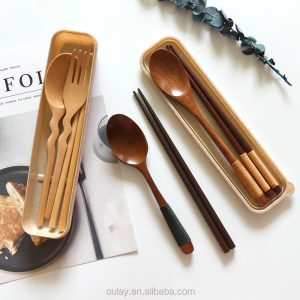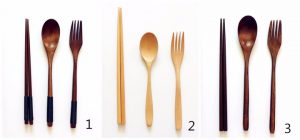Unveiling the anatomy of a knife allows us to understand the different components and how each contributes to its functionality. Here are the main parts of a typical kitchen knife:
- Blade: The blade is the cutting edge of the knife, usually made of steel. It can come in various shapes and lengths, depending on the knife’s purpose.
- Tip: The tip is the front end of the blade. It is often used for delicate tasks, such as piercing and intricate cuts.
- Edge: The edge is the sharpened part of the blade used for cutting. It extends from the heel to the tip.
- Spine: The spine is the top, unsharpened edge of the blade. It provides stability and balance to the knife.
- Heel: The heel is the widest part of the blade, located near the handle. It is often used for tasks that require more force, such as chopping through bones or tough vegetables.
- Bolster (or Finger Guard): The bolster is the thick metal part between the blade and the handle. It provides balance, stability, and protects your fingers from slipping onto the blade.
- Tang: The tang is the extension of the blade that goes inside the handle. It can be either full tang, where the blade extends the entire length of the handle, or partial tang, where it only extends partway.
- Handle: The handle is the part of the knife that you hold. It can be made of various materials such as wood, plastic, or metal.
- Rivet: The rivet is a metal pin that secures the handle to the tang. High-quality knives usually have multiple rivets for added durability.
- Butt (or Pommel): The butt is the end of the handle opposite the blade. It can be weighted to provide better balance or have a hole for hanging the knife.
Understanding the anatomy of a knife can help you choose the right knife for specific tasks and provide insights into the knife’s construction and performance. Different knives have various blade shapes, edge profiles, and handle designs, each tailored to excel in specific cutting techniques and culinary needs. Whether you’re a professional chef or a home cook, having the right knife for the job can significantly enhance your cooking experience and efficiency in the kitchen.







